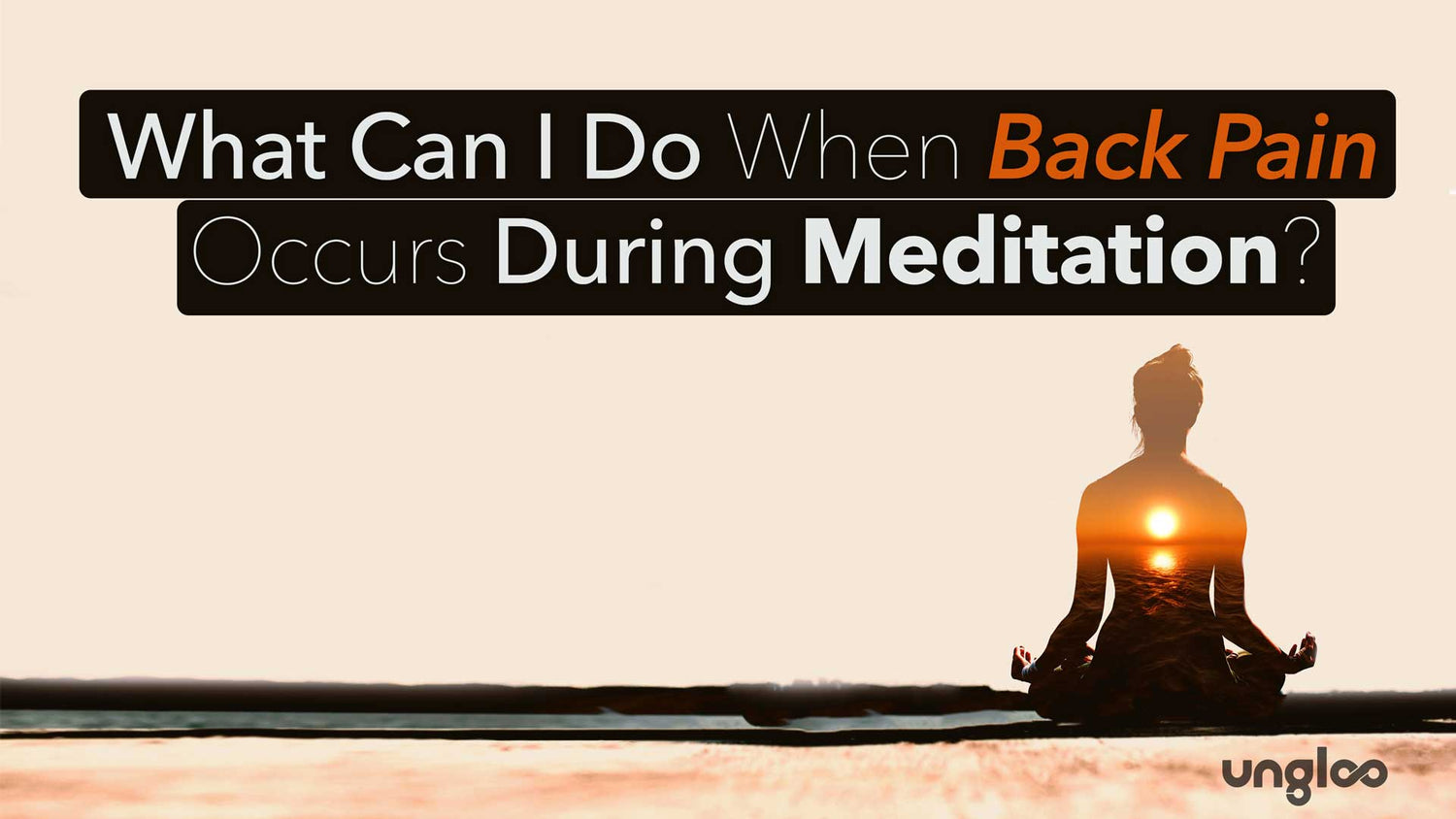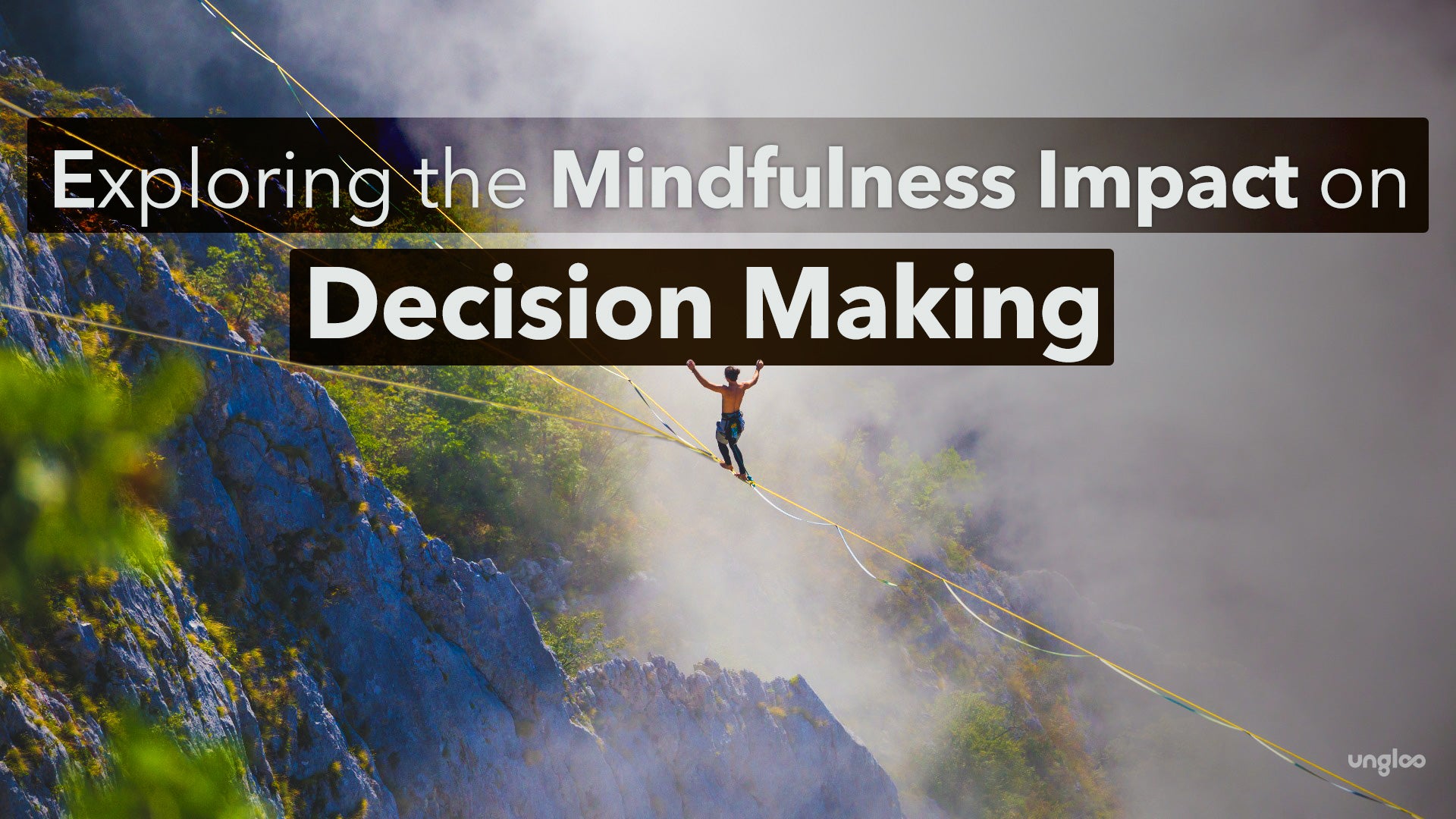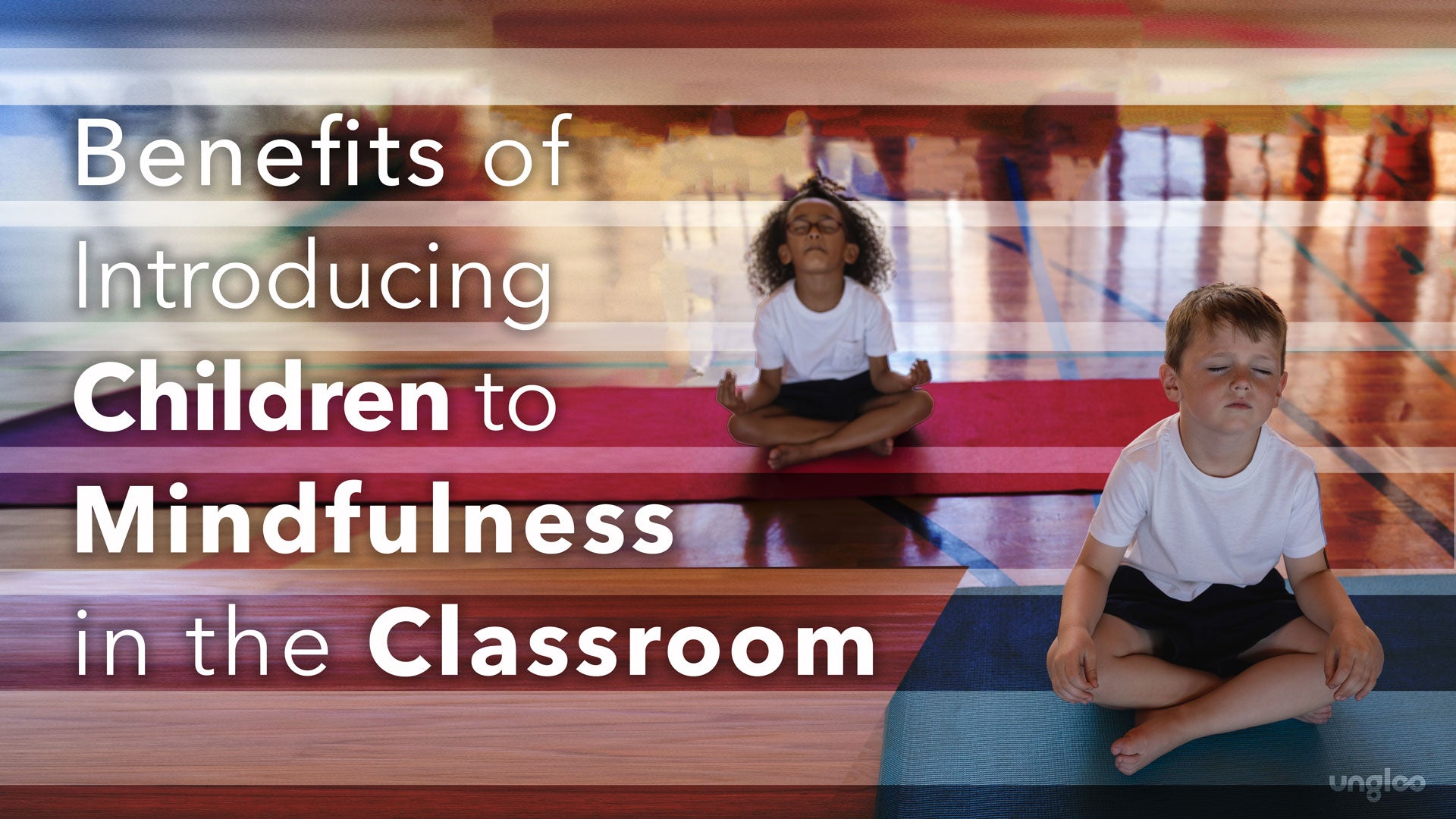Meditation offers many benefits, making it seem like a blissful experience without hurdles. However, different hurdles can arise during meditation, including feeling pain. Some people experience back pain during meditation, but you do not need to suffer or stop; there are ways to alleviate it.
Around 540 million people experience back pain at any time worldwide. Feeling pain during meditation is likely to happen at some point in your journey. The good news is that alleviating pain during meditation is possible, so you can stay consistent with your practice and use it to manage physical discomfort.
We have written this article to help you understand and manage back pain during meditation.
Types of Pain During Meditation
Feeling pain during meditation is more common than you may think. It takes a lot of strength and flexibility for your body to remain seated during meditation. The stillness and position can trigger various types of pain as it tries to communicate with you to become aligned once again.
Different types of pain can arise, including physical discomfort, emotional pain, physical injury, headaches, muscle pain, and toothache. Back pain is a common area to experience pain.
Why Does Back Pain Occur During Meditation?
There are a range of reasons why you may experience back pain during meditation. These reasons include the following:
- Slouching
- Sitting in a position that is uncomfortable for your body
- Hyperextension in your back
- Physical injury
- Emotional pain
If your spine is not aligned, you will eventually feel pain, even if it is only slightly out. It can be challenging to align your spine correctly, especially without meditation aids.
Sitting in a seated position for long periods can also take practice, as most people are not familiar with sitting on the floor. You may experience back pain if you do not have the spinal strength or hip flexibility to meditate in a seated position.
A physical injury may also cause back pain. Many studies have found that meditation improves emotional processing. However, emotional pain can also be stored in areas of the body, such as the back, which is why you may experience back pain as you uncover and process difficult emotions.
Physical Discomfort vs. Feeling Pain
It is necessary to distinguish if you are experiencing physical discomfort or pain during meditation. Both can be uncomfortable and are usually a sign your body is signaling something is not right.
However, pain is often sharp due to the need to change meditation positions and address the issue immediately. In contrast, physical discomfort can be a dull ache because your body is not used to the seated position. It is vital to take action in both instances because physical comfort can lead to more severe issues if you do not address the source of the problem.
How to Deal With Back Pain During Meditation
Pain can be a teacher and prompt growth. It isn't an excuse to avoid your meditation practice. But it also isn't something you should ignore.
You should not be in pain during meditation, and it will quickly impact your practice. There may be times of physical discomfort, but if it does not subside, it is time to make changes. Here are some of our top ways to deal with back pain when meditating.
Check Your Posture
As poor posture is often the cause of back pain, check your spine is aligned. You can choose a variety of positions, but ensure your back is straight and relaxed. Let go of any tension you are holding in your body.
Your head and neck should be in alignment with your spine. And you can place your arms gently on your lap or legs, unclenching your hands and letting them relax. You can also meditate with a mudra during your practice.
Change Your Posture
If your back pain does not subside when you sit in alignment, it may be time to change your posture or stretch. You can change to a different seated position or try stretches such as child's pose, cat-cow, sphinx pose, or seated spinal twist. You can also lie down, but be aware of falling asleep in this position.
You can also move occasionally, especially when you are in meditation for long periods of time. Or you could try a different type of meditation, such as a walking meditation, to get your muscles moving.
Use Mindfulness
If you experience physical discomfort when meditating, take a moment to see if it passes before you move. Try to witness the pain and if you do move, move consciously to stay in the present moment. Our bodies and minds struggle to relax in meditation, so it is important not to get distracted by the sensations that arise.
You can also try to rectify back pain without constantly moving. Instead, bring your awareness to the area. Focus on your upper body's posture and feel what a more balanced posture would look like.
Deepen Your Breath
As you draw attention to your upper body, you can also deepen your breath to allow the pain to move. As you breathe in, you can lengthen your spine and focus on it feeling energized. And when you exhale, you do not move position, instead maintaining the extra length you have gathered.
Breathing into this space can also help you check you are not tensing your back muscles in meditation. If you are tensing your back or outer core muscles, it is time to make some modifications to support proper alignment.
Add a Meditation Cushion
A cushion can help you maintain the natural alignment of your spine. You can either sit on the edge of a pillow or use a specific meditation pillow to aid alignment. A meditation cushion has better resistance than usual pillows, which tend to flatten when you sit on them.
A meditation cushion can help prevent your back from rounding, lifting your hips higher than your knees and helping them stay forward. Our SIT3 is a modern take on the meditation cushion. It has features including:
- Foam floor pad to protect the knees and ankles
- Pelvis tilting wedges for spine alignment
- Six-inch high EVA foam cushion
- Wedges to support hips and knees
- Carrying case
This meditation cushion addresses different types of pain people can experience when meditating while giving them the opportunity to remain in a seated position. It is not uncommon to experience referral pain, such as from the hips or knees into the back, which is why our meditation cushion supports different parts of your body. You do not have to worry about being inflexible, as you can still achieve a seated position with this cushion.
Use Meditation Support Blocks
If you like a seated position close to the ground when meditating, then meditation support blocks can help. You can use them in a variety of ways under your knees or sit bones to help provide support when meditating. You can also use them to create a more reclined position to meditate.
These blocks are also perfect to use during other activities, such as stretching before meditation. They are designed similarly to yoga blocks, meaning you can use them to aid different types of back pain rehabilitation.
Try a Bench
Ungloo has designed specific meditation aids for alleviating pain. This includes our meditation bench, which allows you to meditate in a cross-legged position. However, it is designed to ensure proper body alignment and elevated posture, so you can focus on your practice with peace of mind that you are in the correct position.
Sit in a Meditation Chair
Many people believe they must sit in a specific position when meditating. In fact, there are many ways to meditate. If you are experiencing pain when meditating, it can become overwhelming and inhibit your practice. Instead, try meditating on a chair, which offers back support.
Our Ungloo Portable Meditation Chair has back support and has all the accessories you need for alleviating pain. These include:
- Leg wedges for hip and knee support
- Floor pad
- Backrest panel
- Backrest cushion
- Seat cushion
The chair is also lightweight and portable, so you do not have to worry about further injury from carrying a heavy meditation aid. If you want to meditate anywhere but not worry about finding makeshift aids each time, then this is the best option. You can return to focusing your practice on your mind, body, and spirit.
Get Support
Most of the time, following these tips will help you manage back pain during meditation. However, if back pain persists, it is time to get professional help.
You may need to see your primary care physician or see a physical therapist who can help address any injuries and help you work on flexibility. During this time, you can continue to meditate using aids and following medical advice.
Take Control of Your Meditation Practice
Pain can be extremely difficult to deal with, but do not let it prevent you from meditating. Meditation can actually help you manage pain and detach from it. However, you need the proper support to manage back pain during meditation, so meditation becomes an aid to recovery instead of inhibiting it.
Here at Ungloo, we have designed products to help you take control of your meditation practice once again. We believe meditation is for everyone, and we want to make sure our products make seated positions accessible for all. Do not hesitate to contact us if you have any questions.



